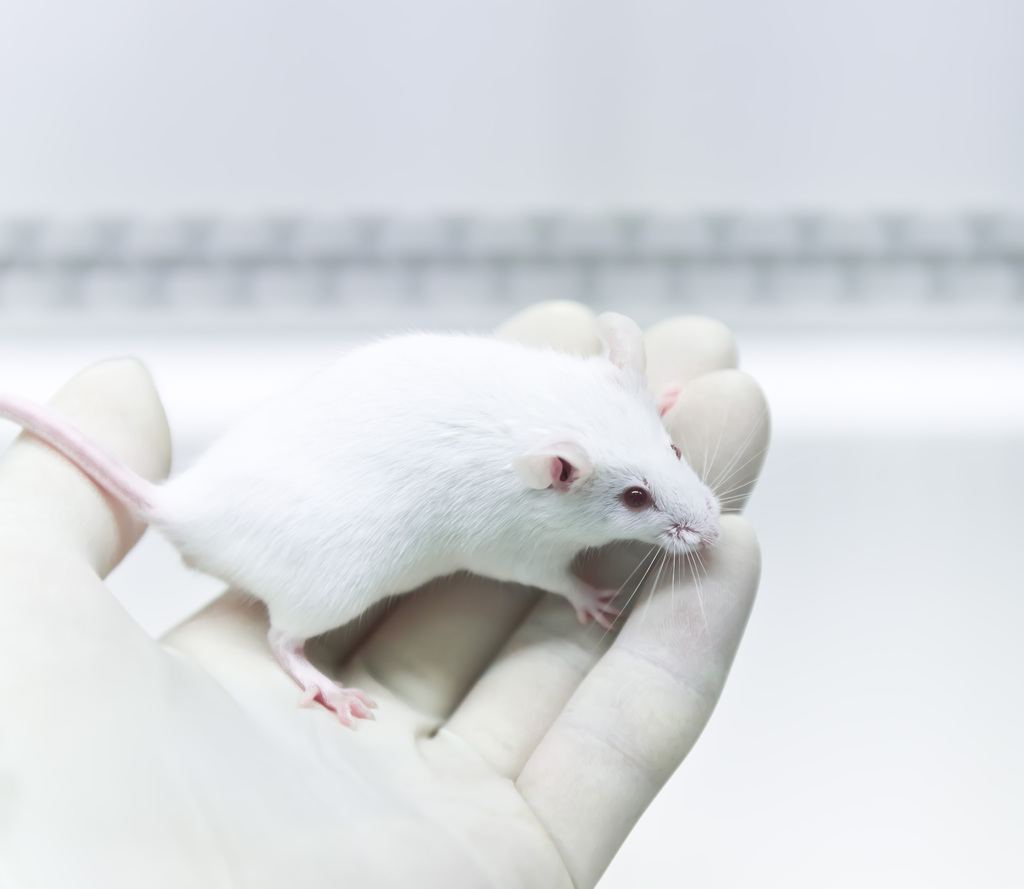Certain Changes in Bladder, Colon May Underlie Gastrointestinal Issues in SMA, Mouse Study Suggests
Written by |

SMN protein deficiency in spinal muscular atrophy (SMA) may lead to gastrointestinal (GI) dysfunction by shrinking the smooth muscle in the bladder and altering specific cells in the colon, according to a mouse study.
The study, “Smooth muscle atrophy and colon pathology in SMN deficient mice,” was published in the American Journal of Translational Research.
Unlike respiratory weakness and its associated muscle wasting, studies of SMA have rarely focused on GI problems, which are commonly observed in this disease.
Besides direct innervation of motor nerve cells to smooth muscle cells, nerve impulses may reach the GI tract through a type of cells called interstitial cells of Cajal (ICC). These cells are involved in the contraction and stimulation of smooth muscle cells, including those of the colon.
Aiming to address whether the enteric (gut) nervous system and ICCs may be vulnerable to SMN protein deficiency, researchers used a mouse model of SMA, in which the SMN protein is produced at high levels in the brain and spinal cord; low levels in the cardiac muscle, skeletal muscle, kidney, and lower GI tract; and absent in the upper GI tract, liver, and spleen.
These mice live longer than those with global SMN deficiency and, as a result, may be useful in studies of protein restoration in the central nervous system, according to the researchers.
Measurements conducted at 30 weeks — these animals’ average lifespan — revealed impaired feces excretion as well as smaller bladder mass compared with healthy, or wild-type, animals used as controls. In contrast, body weight was similar between SMA mice and controls.
SMA mice also had smaller smooth muscle fibers in the bladder, which could explain the high rate of urinary incontinence in children with SMA types 1 and 2, the team said. Data further showed infiltration of inflammatory cells in the colon.
To evaluate whether ICCs are involved in GI muscle impairment — or dysmotility — in SMA, the researchers analyzed the distribution and abundance of these cells by detecting a marker known as c-Kit.
This assessment revealed not only 50% fewer ICC cells but also altered localization of ICCs in the colon compared with control mice, “suggesting that SMN deficiency could lead to loss of ICC that resembles loss of motor neurons in [the] spinal cord [in SMA],” the scientists wrote.
“The observed [tissue] abnormalities of our mouse model, can be secondary to SMN deficiency and could possibly underlie the GI symptoms observed in SMA patients,” they added.
They also noted that potential SMA therapies must address symptoms beyond those directly related to the central nervous system, and that this mouse model may be useful to test treatments for GI dysfunction in this disease.






